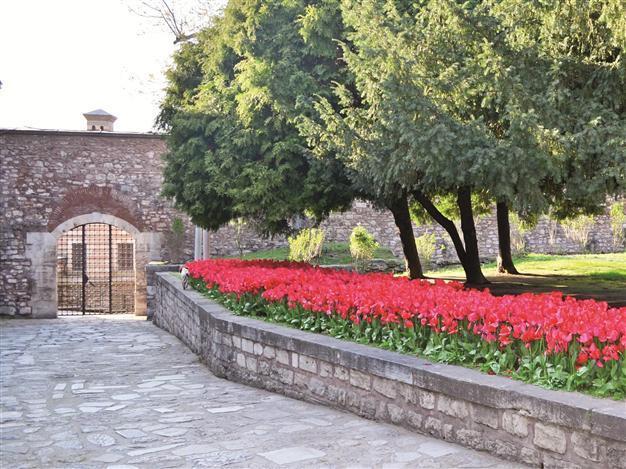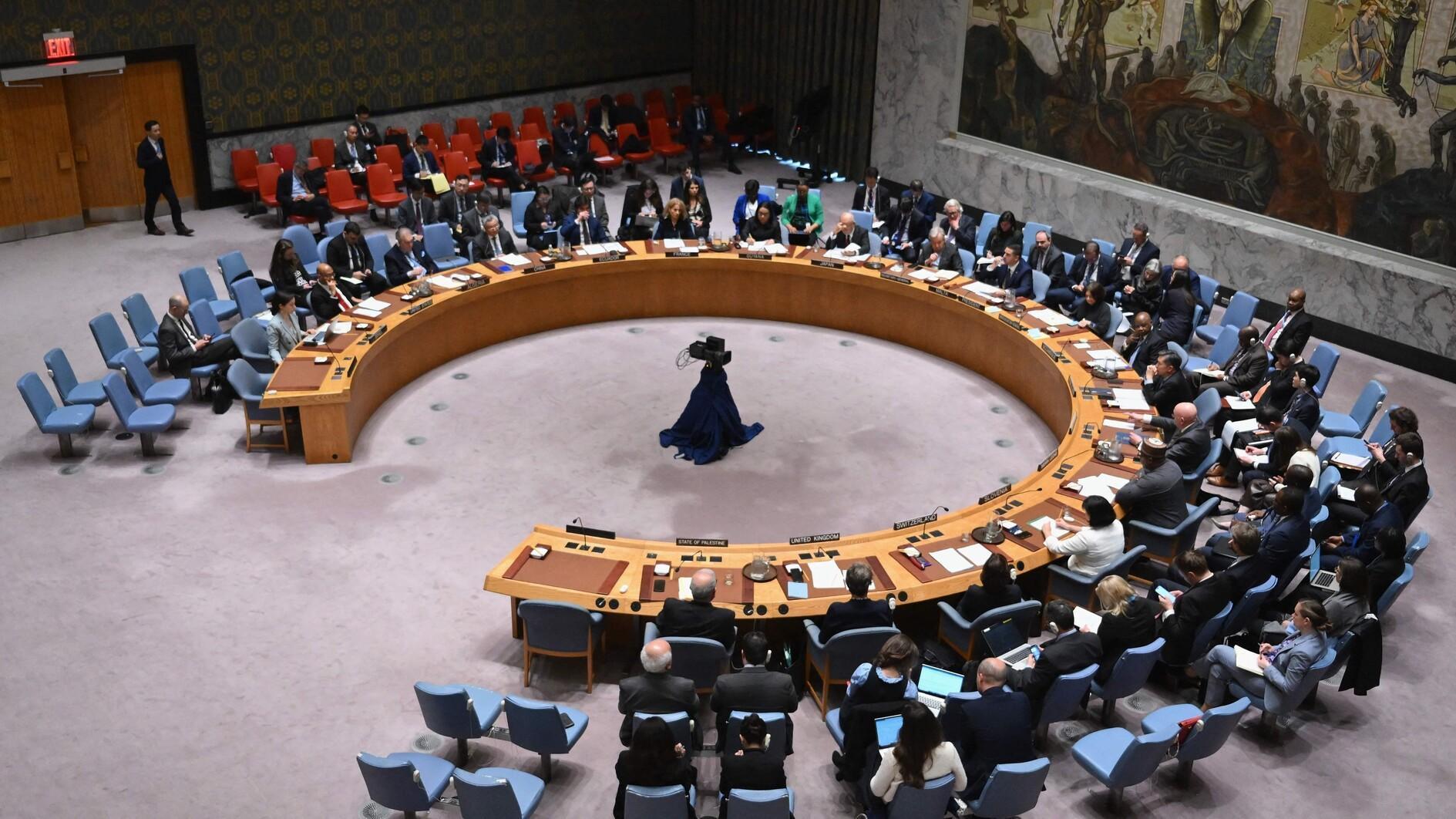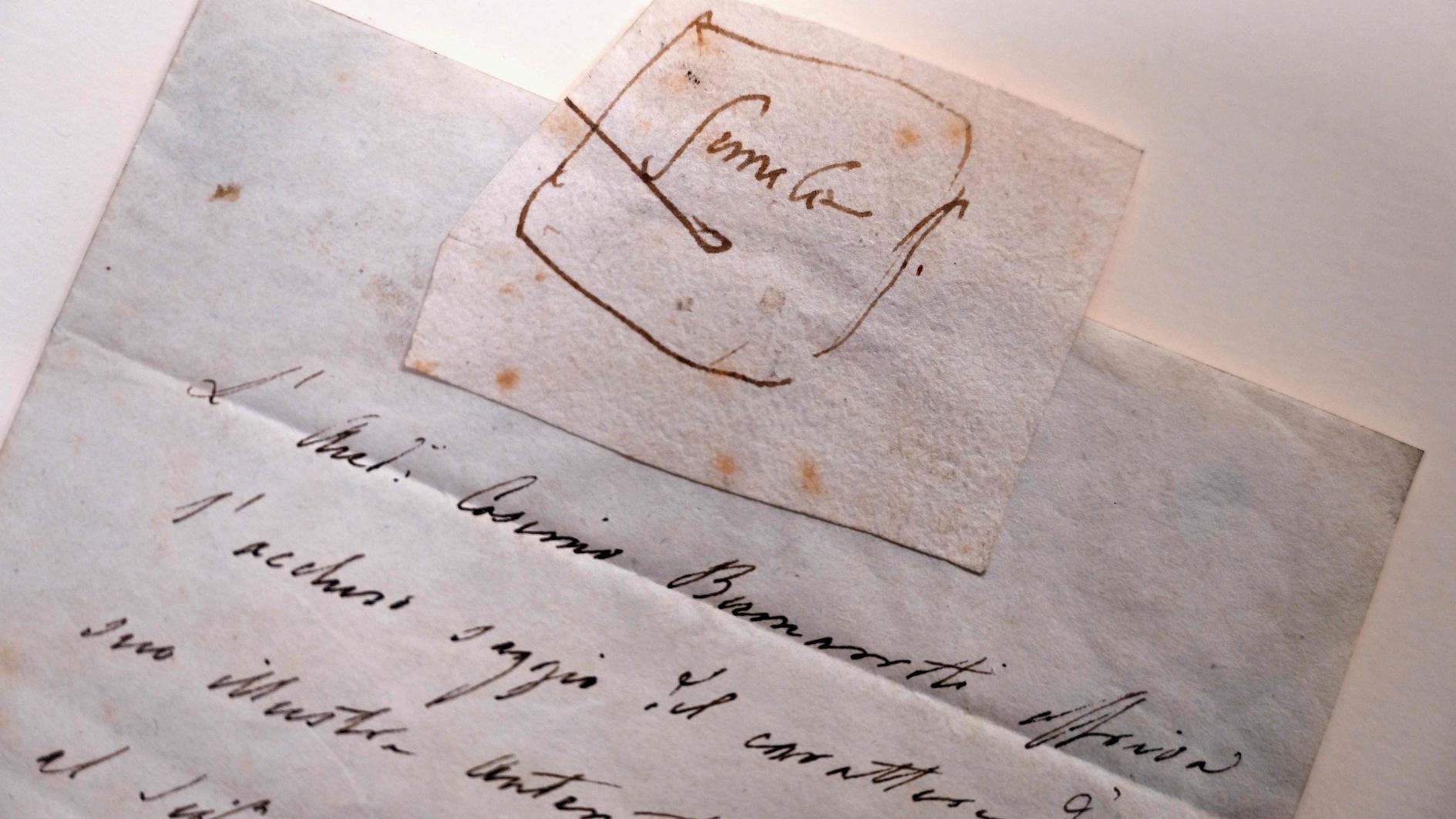Topkapı gardens to again carry fragrance of Ottomans
ISTANBUL - Anatolia News Agency

A total of 500,000 plants and flowers have so far been planted in the gardens of Topkapı Palace, which were used by Ottoman sultans and their families. AA photo
Topkapı Palace is ushering in spring – Ottoman style – by rearranging the iconic palace’s gardens to more closely resemble the way they were in imperial times.The gardens which were once used by Ottoman sultans and their families during the spring and summer months are now being re-landscaped with flowers and trees that had been present during Ottoman times.
“Istanbul Municipality has supported the project, and the decoration of the garden is still continuing in five different places,” Haluk Dursun, the head manager of the palace, recently told Anatolia news agency.
Noting that a total of 500,000 plants and flowers had so far been planted, Dursun said the planting started first with the Enderun Garden before other areas were converted into tulip gardens.
The changes have already attracted the attention of tourists, who typically photograph the gardens of the Sofa Mansion.
The Ottoman gardens also included botanical trees, and each palace had its own garden characteristics.
The palace’s fifth garden features lilac trees, while the garden looking over Seraglio Point is full of Judas trees.
During the second half of the project to replant the gardens, workers will replace some
trees with ones that are more suitable for an Ottoman garden, according to officials. The old trees, meanwhile, will be replanted in other areas of the city.
Hasbahçe near the palace currently features cactus, pine and other types of Daphne trees.
Instead of bringing in roses from Europe, the gardens will boast roses from Anatolia, Dursun said, adding that the flowers would come from the southern province of Isparta. “We’ve planted 10,000 flowers from Isparta in Gülhane Park. The aim is to revive Gülhane, which was a very important park in terms of rose water production.”
The courtyard of the Sultan’s Consorts and the Concubines is another important part of the palace. The courtyard is surrounded by baths, a laundry fountain, a laundry, dormitories, the apartments of the sultan’s chief consort and the apartments of the stewardesses. The three independent tiled apartments with fireplaces overlooking the Golden Horn were the quarters where the consorts of the Sultan lived.
These constructions covered the site of the courtyard in the late 16th century. At the entrance to the quarters of the Queen Mother, wall frescoes from the late 18th century depict landscapes, reflecting a Western influence. The staircase, called the “Forty Steps,” leads to the Hospital of the Harem (Harem Hastanesi), the dormitories of the concubines at the basement of the Harem and the Harem Gardens.
















